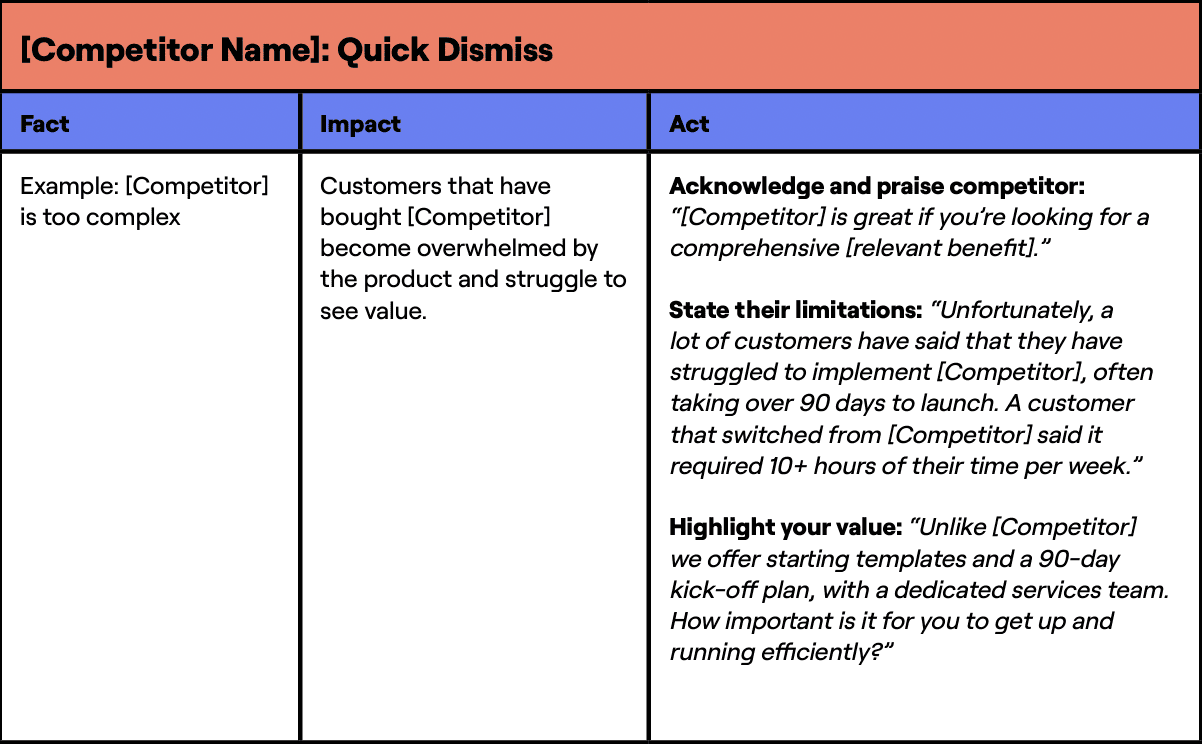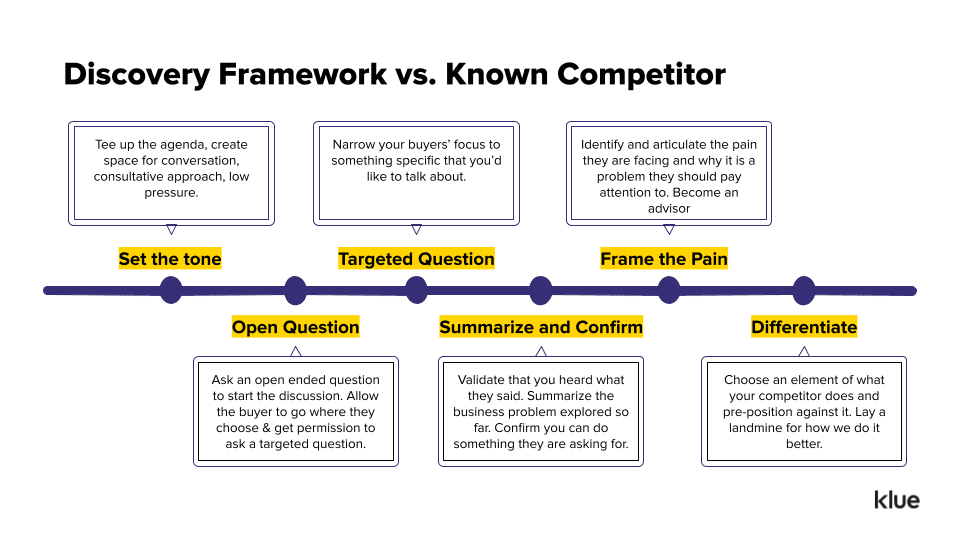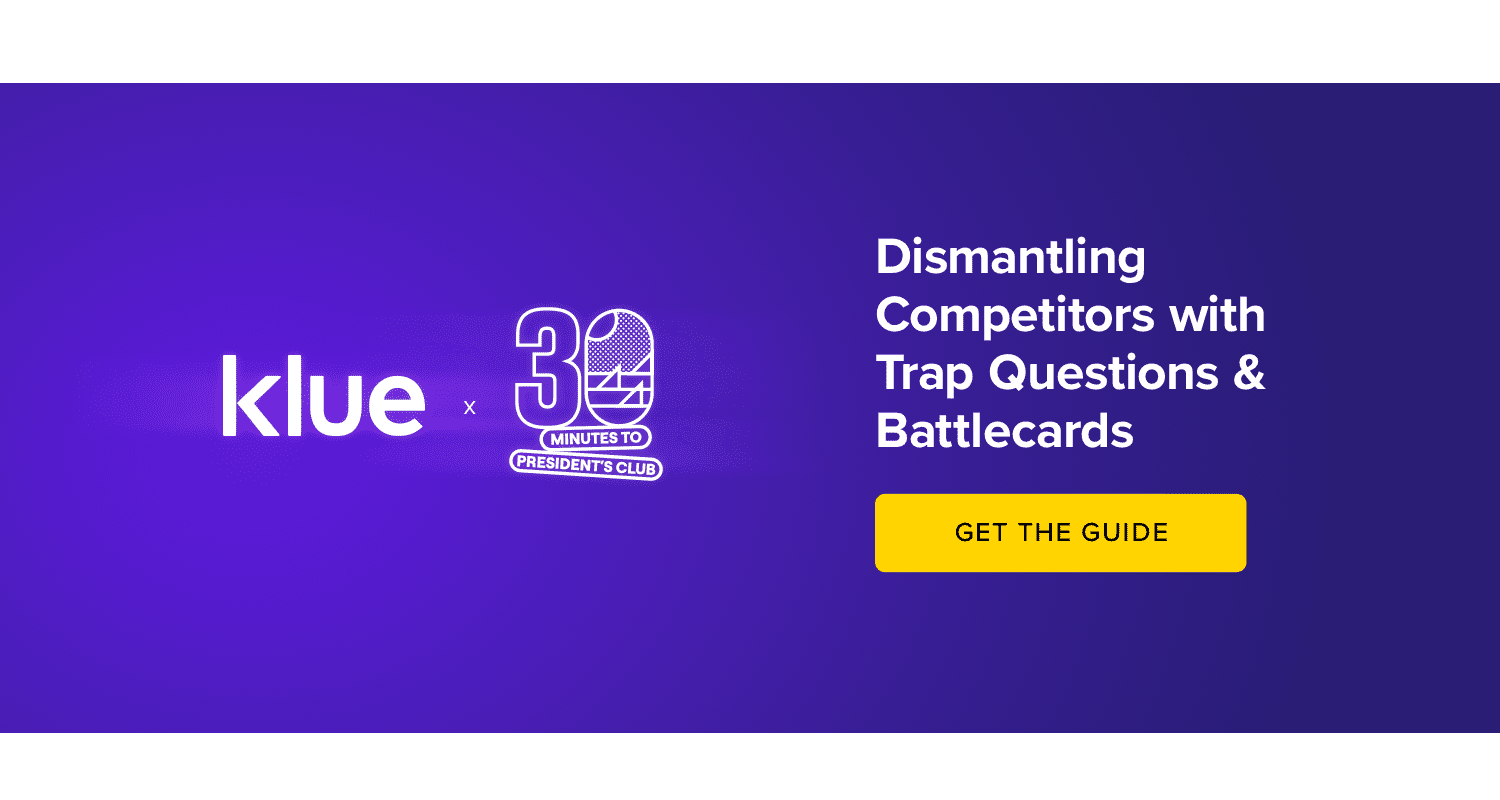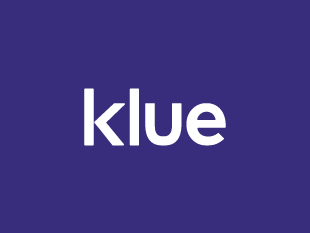Klue Compete
The Competitive Enablement Platform
Learn More
FIND OUT MORE >

This article is part of our By the Numbers series, where we share findings from our data so that you can compete better. Today we’re analyzing results from our latest report surveying 300+ revenue leaders. Subscribe to Coffee & Compete on LinkedIn to read more data-driven articles like this.
Do more with less. Find efficiencies. Improve productivity.
All clichés we’ve heard one too many times in Zoom meetings…
But they’ve never felt more real for revenue leaders in 2023.
Long gone are the days of ‘growth-at-all-costs’ coming top-down from the board.
Efficiency is the name of the game.
But here’s the issue.
84% of revenue leaders said that losing winnable deals to the competition is hurting their sales efficiency.
We’ve got the data behind why it’s happening, and what you can do about it.
Of the 300+ revenue leaders Klue spoke with, losses to competitors were the deals that took up the second largest portion of their reps’ time.


That is hours of time, money, and resources that bring zero back in return.
Not a winning recipe for revenue teams prioritizing efficiency.
Here’s why sellers spend too much time on competitive losses, and how you can fix it.
The quicker your reps can kick competitors out of a deal, the clearer the path towards closing.
But once a competitor gets their hooks in?
The loooonnngggerrr the deal stretches. The less certainty you have of winning.
Inefficient.
Solve this by setting your sellers up with ‘quick dismisses’ they can use the next time a competitor pops up.
Below is the ‘Quick Dismiss’ battlecard framework you can use from our latest toolkit with 30 Minutes to President’s Club, including the talk tracks your reps should follow:




A focused rep is a winning rep.
But right now, researching competitors is a big distraction.
In fact, 41% of sellers said that they spend too much time researching competitors, according to Salesforce’s State of Sales Report.
Two problems:
At a minimum, your reps need a solid understanding of your competitors’ strengths and weaknesses, your value wedges, and battlecards that help them articulate your differentiated value.
Free up your seller’s time by providing these three things that will help them win a deal, instead of leaving them to scroll through pricing pages and G2 reviews for hours on end.
Losing a deal is disheartening.
But losing a deal when the buyer secures budget, deems the pain you solve worth solving, assesses all of their options in the market…
… and then goes with your competitor?
Those sting.
And revenue leaders agree:


So, what can you do to minimize those losses and maintain your reps’ morale?
Squeeze the most out of your pipeline by prioritizing your focus and support on competitors that are your biggest revenue threats in deals.
Don’t just go off of hunches.
Or who the loudest seller is most vocal about.
Use data to prioritize. Here’s how to map active threats to pipeline using three CRM data points:


In the example above, Competitor G is in the most open deals, we have the lowest win rate against them, and the total pipeline at risk is $14 million…
That’s the competitor you need to make sure your reps are in the best position to sell against.
And if your business is competing in a marketplace with 80+ vendors, you need this data to understand who is posing the biggest threats to revenue.
Nothing is more deflating than walking into a call where you know a competitor is already present, and you don’t have a strategy to differentiate against them.
A game plan is needed.
Below is a discovery call framework you can use to help your reps navigate their next competitive deal.


You realize that every loss to a competitor that you should have won is going to impact your efficiency.
But setting your sellers up for success is easier said than done.
That’s why we’ve built our new toolkit with the best sellers out there, 30 Minutes to President’s Club.
The trap questions you need to ask, how to land them, and the battlecard frameworks that will help your sellers navigate every competitive situation.
Grab the toolkit below, and close the year by closing those winnable deals over the competition.




Competitive Enablement
The topic of Large Language Models (LLMs) has a lot of confusion. Here's what you need to know about how Klue is working with them.


Competitive Enablement
Product Marketing
If your competitive intel game is too strong for automation, too pure for data privacy, and too rebellious for accuracy — then Klue AI is probably not for you.


Let’s do it. Tell us a bit about yourself and we’ll set up a time to wow you.
Let's do it. Tell us a bit about yourself and we'll set up a time to wow you.
XLet's do it. Tell us a bit about yourself and we'll set up a time to wow you.
XSubscribe to get our latest AI functionality and news in your inbox.
XOur Buyer Pulse feature, set to launch in Q2 2024, offers valuable insights into the factors influencing buyer decisions in your pipeline. By signing up for the waitlist, we can better gauge interest and proactively engage with you to streamline the setup and integration process before the feature becomes widely available.
X